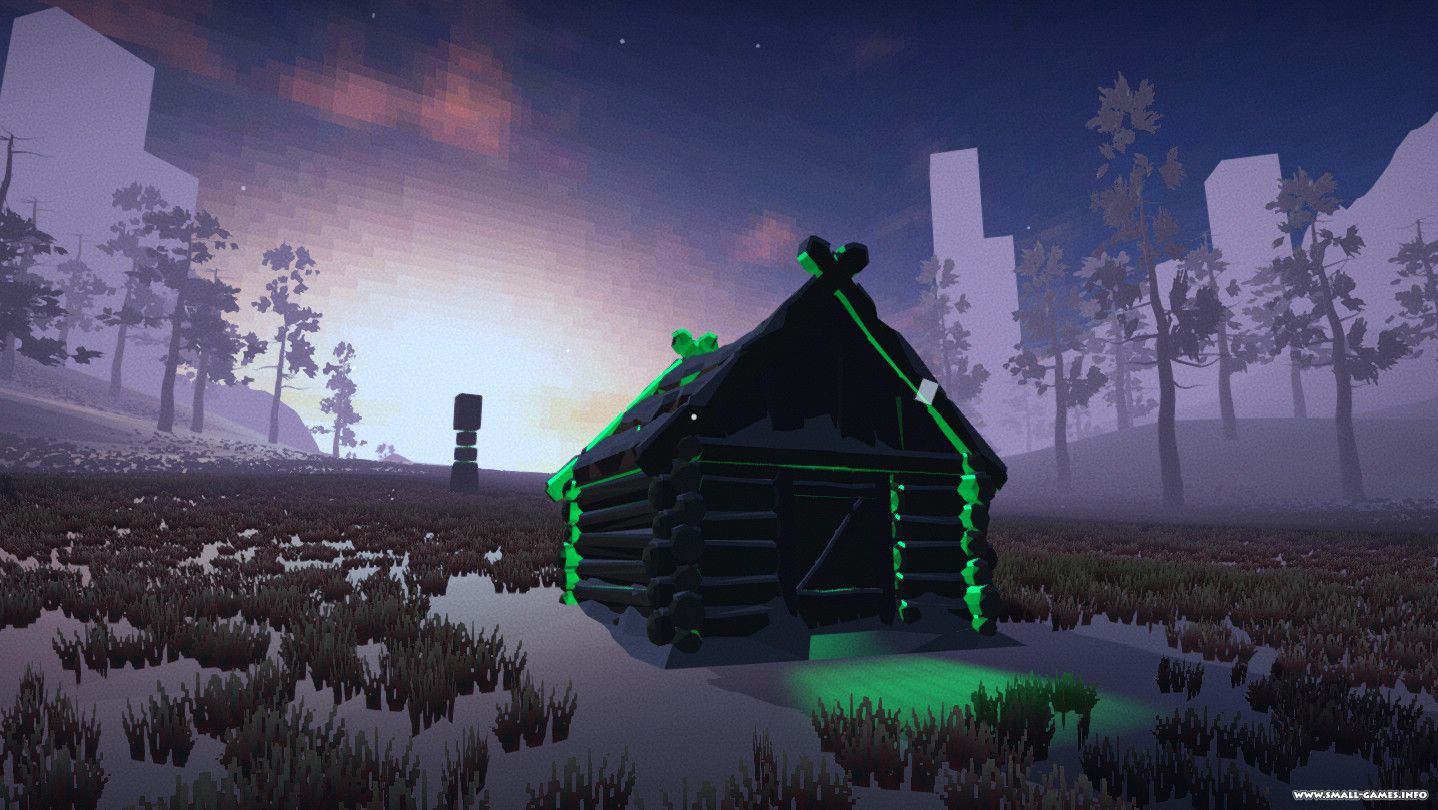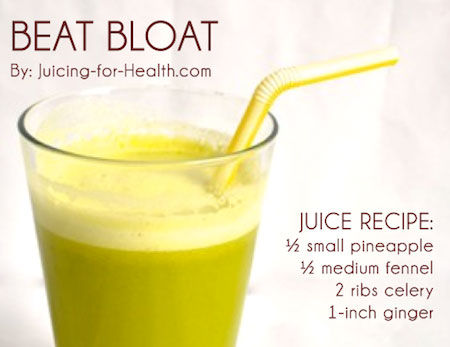

However, I have not seen anything in the veterinary literature that confirms that a high feeding table can prevent bloat (although, as you’ll see, there are some things you can do to minimize the chance of your dog bloating). Feeding from a raised bowl can be very helpful in some dogs with a disorder called megaesophagus (where the dog repeatedly vomits up his food because the food has difficulty passing into the stomach). However, any dog can develop bloat.Īnother myth involves feeding your dog from a raised bowl as a way to prevent bloat. The most commonly affected dogs include Great Danes, German Shepherds, Saint Bernards, Labrador Retrievers, Irish Wolfhounds, Great Pyrenees, Boxers, Weimaraners, Old English Sheepdogs, Irsih Setters, Bloodhounds, and Standard Poodles.

It is true that bloat is more commonly found in large and giant breed dogs and deep chested dogs, usually two to 10 years old. One of the myths regarding bloat is that only large dogs can develop bloat. Still, until evidence proves otherwise, many veterinarians discourage exercise for 30-60 minutes after eating. And since wild dogs and their ancestors (wolves) may need to be on the move after a meal (although, given the chance they usually rest to digest their food and recover from the recent kill), I doubt that exercise is a major factor in bloating. In many of my patients there was no history of exercise immediately after eating that contributed to the bloating. While many doctors advise clients not to allow their dogs to exercise immediately after eating, I do not know of any controlled studies that show conclusive proof that exercise restriction prevents bloat. No one knows what causes the stomach to retain air.Īnother theory is that after eating, some pets swallow air as they exercise, causing the stomach to bloat. Unfortunately, for some reason, the air is not passed into the intestines or belched back out the esophagus. Most commonly this is from eating too quickly. Why does the stomach fill rapidly with air? The main cause seems to be aerophagia, where the pet literally swallows a large amount of air. This makes bloat quite different from a simple case of over-eating, where the pet engorges on food and the stomach fills rapidly with the last meal eaten. The main constituent of this dilation is air, although food and water are usually present in the stomach as well. Simply put, this means the stomach dilates and enlarges. The technical term for bloat is gastric dilatation. And finally, it also helps to know how it is treated, and whether there are any preventive measures that can be taken to keep your dog from ever becoming a victim of bloat.

Certain dogs are more likely to become a victim of this horrible stomach disorder, so it helps to know what those breeds are in case your dog is one of the more statistically likely candidates for the illness. Knowing what bloat is, and learning to recognize its clinical signs early is important for all dog owners so you can ensure prompt treatment before simple bloat progresses to irreversible and fatal whole body shock.

I have worked as an emergency veterinarian and have observed first-hand the horrible effects of this condition on a number of my patients, and I can certainly attest to its devastating effects. Gastric dilatation-volvulus, or “bloat” for short, is a feared disease among many dog owners.


 0 kommentar(er)
0 kommentar(er)
